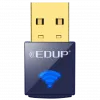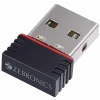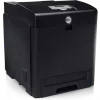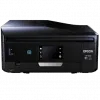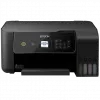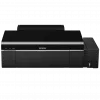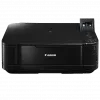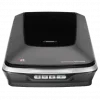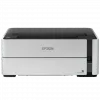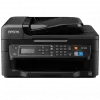Mac OS X Snow Leopard (version 10.6) is the seventh major release of Mac OS X, Apple's desktop and server operating system for Macintosh computers.
Snow Leopard was publicly unveiled on June 8, 2009 at the Apple Worldwide Developers Conference. On August 28, 2009, it was released worldwide, and was made available for purchase from Apple's website and its retail stores at the price of US$29 for a single-user license. As a result of the low price, initial sales of Snow Leopard were significantly higher than that of its predecessors. The release of Snow Leopard came nearly two years after the introduction of Mac OS X Leopard (version 10.5), the second longest time span between successive Mac OS X releases.
Unlike previous versions of Mac OS X, the goals with Snow Leopard were improved performance, greater efficiency and the reduction of its overall memory footprint. Addition of new end-user features was not a primary goal. Much of the software in Mac OS X was extensively rewritten for this release in order to fully take advantage of modern Macintosh hardware. New programming frameworks, such as OpenCL, were created, allowing software developers to use graphics cards in their applications. This is also the first Mac OS release since System 7.1.1 that does not support Macs that use PowerPC processors, as Apple now intends to focus on its current line of Intel-based products. As support for Rosetta was dropped in Mac OS X Lion, Snow Leopard is the last version of Mac OS X that is able to run PowerPC-only applications.
Snow Leopard was succeeded by Mac OS X Lion (version 10.7) on July 20, 2011. The earlier version continues to be sold for the benefit of users that require Snow Leopard in order to upgrade to Lion, which is primarily sold through the Mac App Store introduced in the Snow Leopard 10.6.6 update.
Mac OS X Snow Leopard was the last release of Mac OS X to support the 32-bit Intel Core Solo and Intel Core Duo CPUs.
Apple states the following basic Snow Leopard system requirements are:
- Mac computer with an Intel processor (IA-32). "Yonah" processors such as Core Solo and Core Duo can run only 32-bit applications; later x86-64 architecture processors such as Core 2 Duo are also able to run 64-bit applications.
- 1 GB of RAM
- 5 GB of free disk space
- DVD drive (also accessible via Remote Disc) or external USB or FireWire DVD drive for installation
Additional requirements to use certain features:
- QuickTime H.264 hardware acceleration support, requires an Nvidia GeForce 9400M, 320M, or GT 330M graphics card
- OpenCL, requires a supported Nvidia or ATI graphics card
Snow Leopard does not support PowerPC-based Macs (e.g., Power Macs, PowerBooks, iBooks, iMacs (G3-G5), all eMacs, plus pre-February 2006 Mac minis and the Power Mac G4 Cube), although PowerPC applications are supported via Rosetta, which is now an optional install.

